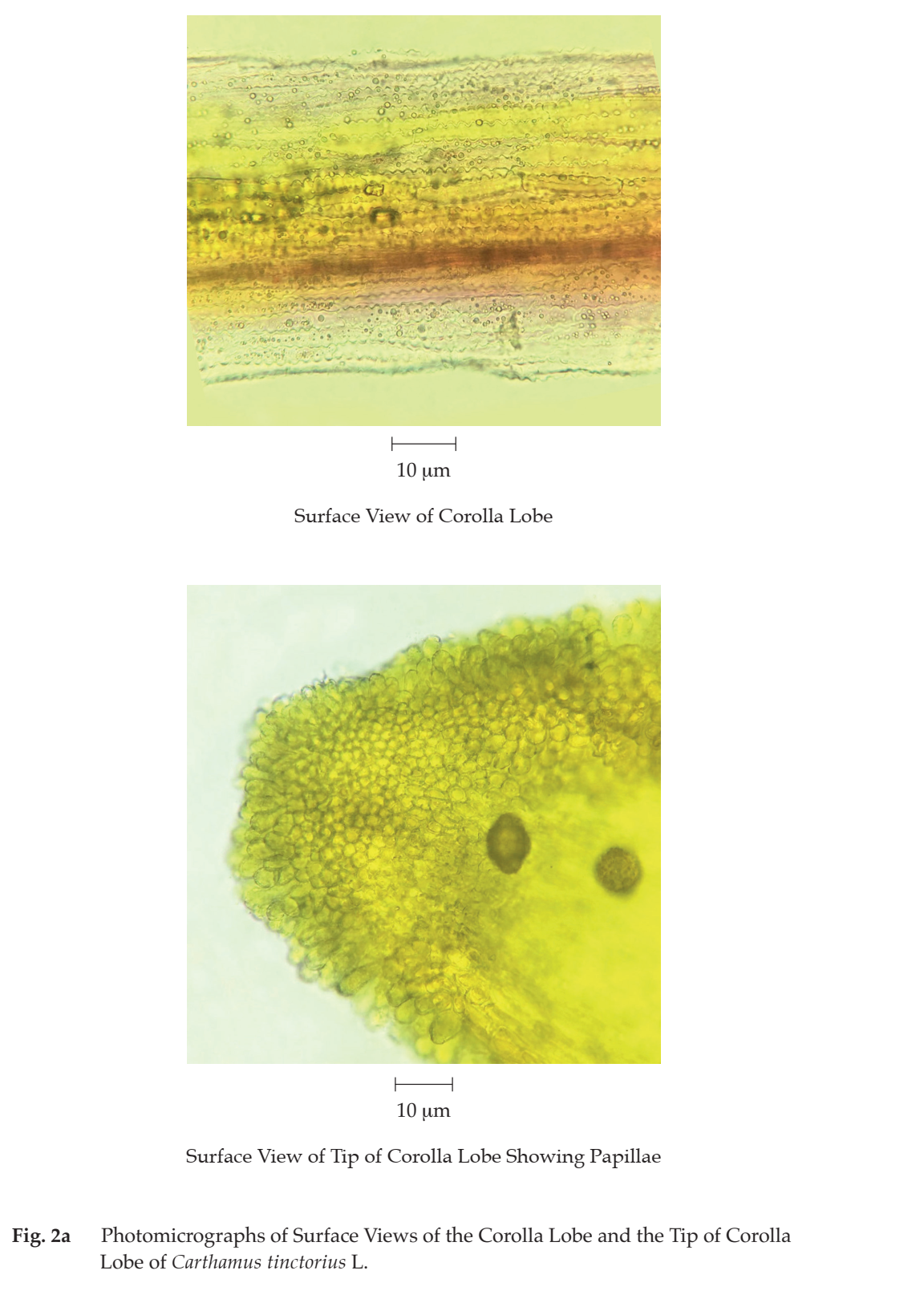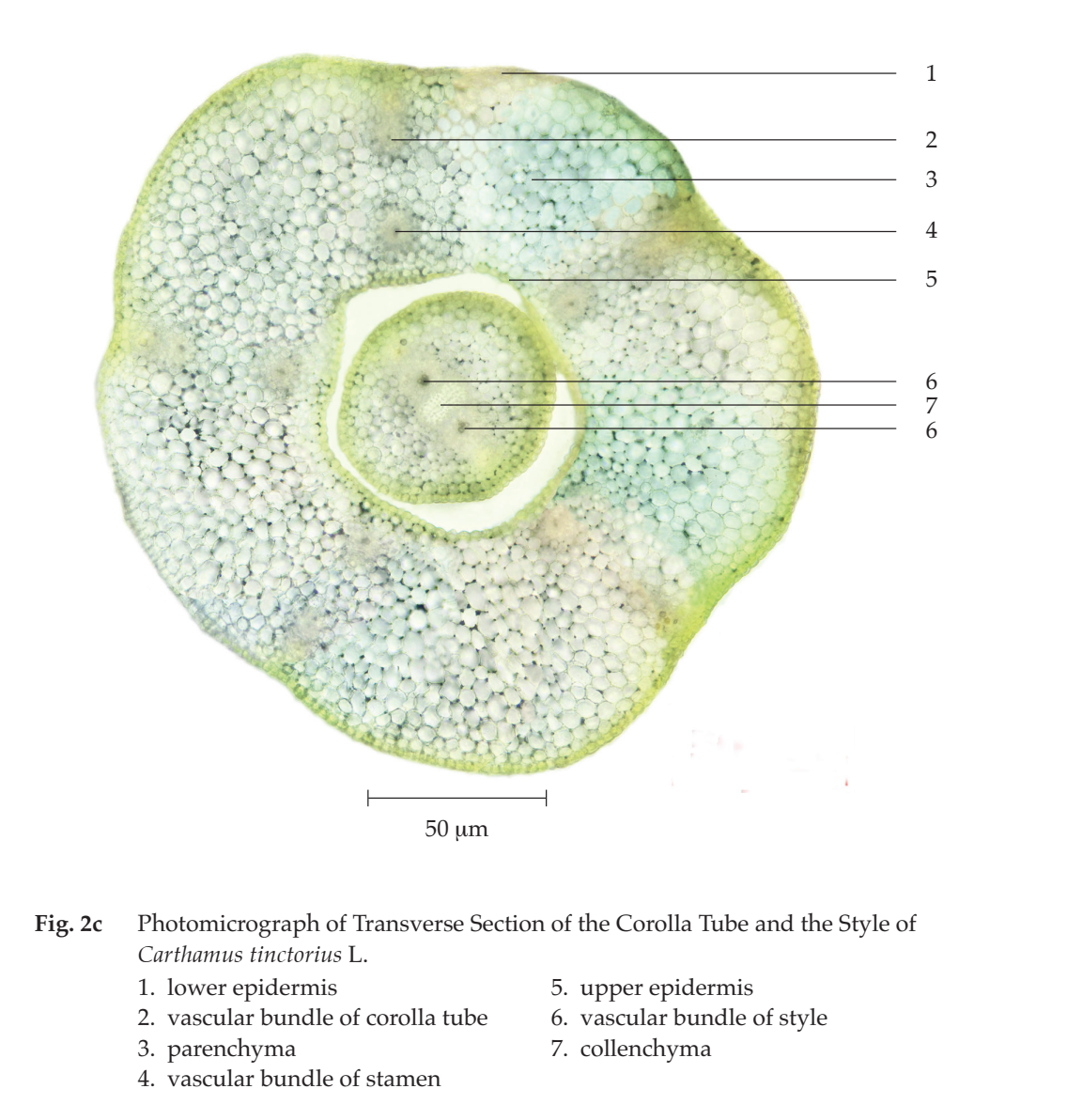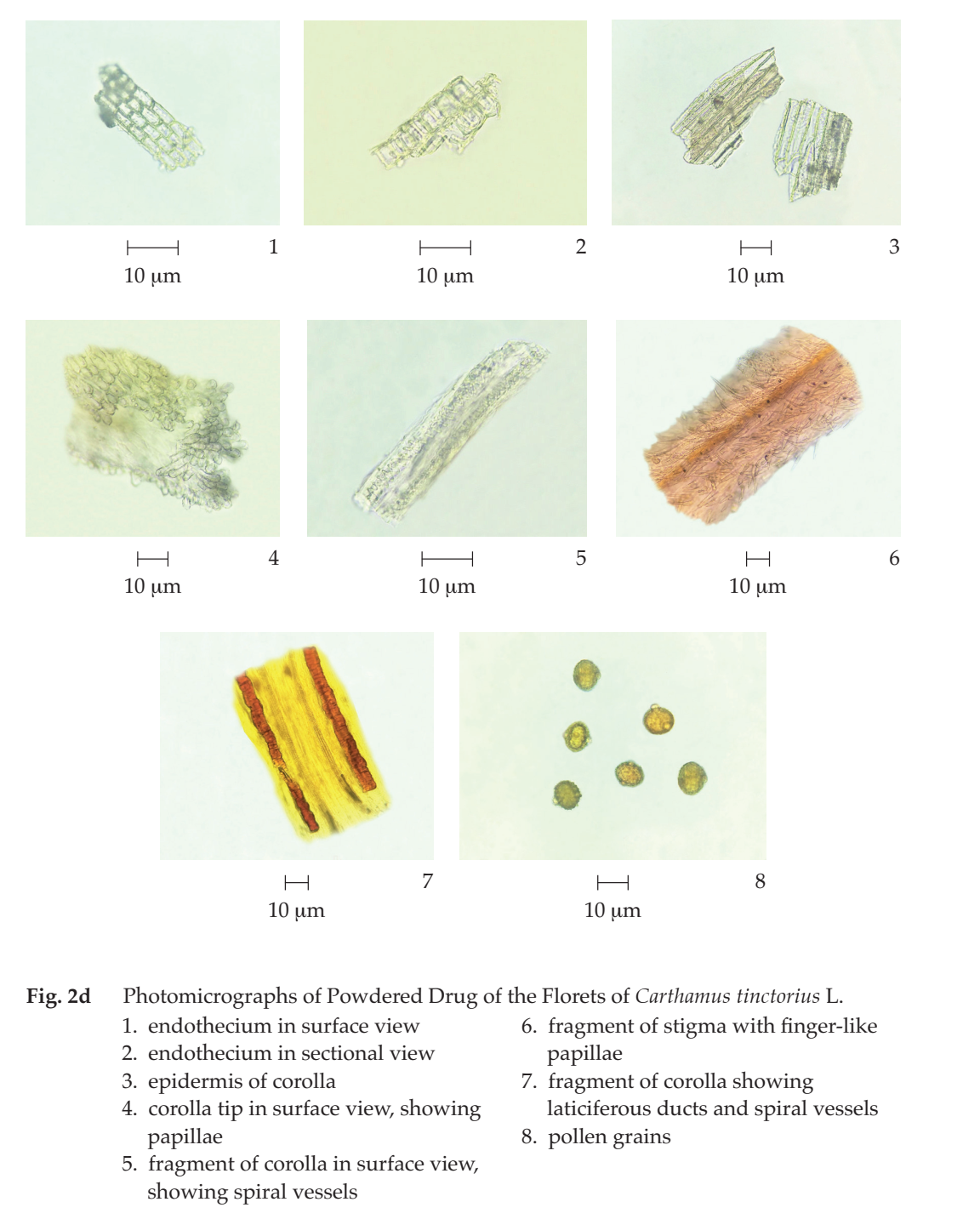ตำรามาตรฐานยาสมุนไพรไทย
Thai Herbal Pharmacopoeia
สำนักยาและวัตถุเสพติด กรมวิทยาศาสตร์การแพทย์ กระทรวงสาธารณสุข
Bureau of Drug and Narcotic, Department of Medical Sciences, Ministry of Public Health(Tinospora crispa (L.) Hook.f. & Thomson)
(Nelumbo nucifera Gaertn.)
(Centella asiatica (L.) Urb.)
(Centella Dry Extract)
(Centella Cream)
(Mesua ferrea L.)
(Piper sarmentosum Roxb.)
(Piper sarmentosum Roxb.)
(Pterocarpus santalinus L. f.)
(Santalum album L.)
(Senna tora (L.) Roxb.)
(Senna alata (L.) Roxb.)
(Senna Alata Tea)
(Piper retrofractum Vahl)
(Myristica fragrans Houtt)
(Andrographis paniculata (Burm. f.) Nees)
(Andrographis Capsules)
(Allium ascalonicum L.)
(Ocimum tenuiflorum L.)
(Curcuma longa L.)
(Turmeric Capsules)
(Turmeric Dry Extract)
(Turmeric Dry Extract Capsules)
(Arcangelisia flava (L.) Merr.)
(Curcuma sp.)
Harrisonia perforata (Blanco) Merr.
(Aristolochia pierrei Lecomte)
(Zingiber officinale Roscoe)
(Ginger Capsules)
(Ginger Tea)
(Cassia fistula L.)
(Nardostachys jatamansi (D. Don) DC.)
(Angelica sinensis (Oliv.) Diels)
Artemisia annua L.
(Ligusticum sinense Oliv. cv. Chuanxiong)
(Neopicrorhiza scrophulariiflora Pennell)
(Atractylodes lancea (Thunb.) DC.)
(Aucklandia lappa Decne)
(Terminalia chebula Retz.)
(Angelica dahurica (Hoffm.) Benth. & Hook. f. ex Franch. & Sav. var. dahurica)
(Kaempferia parviflora Wall. ex Baker)
(Hibiscus sabdariffa L.)
(Roselle Tea)
(Allium sativum L.)
(Zingiber zerumbet (L.) Sm.)
(Wurfbainia testacea (Ridl.) Škorničk.& A. D. Poulsen)
(Cannabis sativa L.)
(Myristica fragrans Houtt)
(Dracaena cochinchinensis (Lour.) S. C. Chen)
(Ficus racemosa L.)
(Hyptis suaveolens (L.) Poit.)
Clerodendrum indicum (L.) Kuntze
(Phyllanthus emblica L.)
(Citrus hystrix DC.)
(Citrus hystrix DC.)
(Areca catechu L.)
(Momordica charantia L.)
Moringa oleifera Lam.
(Aegle marmelos (L.) Corrêa)
(Solanum trilobatum L.)
(Morus alba L.)
Gynostemma pentaphyllum(Thunb.)
Makino
(Clinacanthus nutans (Burm. f.) Lindau)
(Cissus quadrangularis L.)
(Mimusops elengi L.)
(Zingiber montanum (J. König) Link. ex A. Dietr.)
(Piper betle L.)
(Capsicum annuum L.)
(Capsicum Oleoresin)
(Capsicum Gel)
(Piper nigrum L.)
(Piper nigrum L.)
(Eurycoma longifolia Jack)
(Thunbergia laurifolia Lindl.)
(Piper wallichii (Miq.) Hand.-Mazz.)
Senna garrettiana (Craib) H. S. Irwin & Barneby
(Terminalia bellirica (Gaertn.) Roxb.)
(Terminalia chebula Retz.)
(Caesalpinia bonduc (L.) H. Roxb.)
(Tarlmounia elliptica (DC.) H. Rob., S. C. Keeley, Skvaria & R. Chan)
(Hog Creeper Vine Dry Extract Capsiles)
(Hog Creeper Vine Dry Extract)
(Brachypterum scandens (Roxb.) Miq.)
(Lepidium sativum L.)
(Nigella sativa L.)
(Cuminum cyminum L.)
(Foeniculum vulgare Mill.)
(Plantago ovata Forssk.)
(Pimpinella anisum L.)
(Carum carvi L.)
(Anethum graveolens L.)
(Trachyspermum ammi (L.) Sprague)
Albizia procera (Roxb.) Benth.
(Acorus calamus L.)
(Tiliacora triandra (Colebr.) Diels)
Cyanthillium cinereum (L.) H. Rob.
(Orthosiphon aristatus (Blume) Miq.)
Murdannia loriformis (Hassk.) R. S. Rao & Kammathy
(Capparis micracantha DC.)
(Chrysopogon zizanioides (L.) Roberty)
(Cyperus rotundus L.)
(Cannabis sativa L.)
(Syzygium aromaticum (L.) Merr. & L. M. Perry)
(Boesenbergia rotunda (L.) Mansf.)
(Acanthus ebracteatus Vahl)
(Acanthus ilicifolius L.)
(Kaempferia galanga L.)
(Curcuma comosa Roxb.)
Betula alnoides Buch.-Ham. ex D. Don
Cannabis sativa L.
Carthamus tinctorius L
Mitragyna speciosa (Korth.) Havil
Mallotus repandus (Rottler) Müll. Arg
Azadirachta indica A. Juss. var. siamensis Valeton
Azadirachta indica A. Juss. var. siamensis Valeton
Punica granatum L.
Rhinacanthus nasutus (L.) Kurz
Baliospermum solanifolium (Burm.) Suresh
Curcuma aeruginosa Roxb
Boesenbergia kingii Mood & L. M. Prince
Senegalia rugata (Lam.) Britton & Rose
Acacia concinna (Willd.) DC.
Senegalia rugata (Lam.) Britton & Rose
Acacia concinna (Willd.) DC.
Senna alexandriana Mill. var. alexandriana
Cassia acutifolia Delile, Cassia angustifolia Vahl
Butea superba Roxb. ex Willd.
[Plaso superba (Roxb. ex Willd.) Kuntze, Rudolphia superba (Roxb. ex Willd.) Poir.
Pueraria candollei Graham
ex Benth. var. mirifica (Airy Shaw & Suvat.) Niyomdham
Streblus asper Lour.
Suregada multiflora (A. Juss.) Baill. (Gelonium
multiflorum A. Juss.
Safflower is the dried florets of Carthamus tinctorius L. [Calcitrapa tinctoria (L.) Röhl., Carduus tinctorius (L.) Falk, Carthamus glaber Burm. f., C. tinctorius var. spinosus Kitam., Centaurea carthamus E. H. L. Krause] (Family Compositae), Herbarium Specimen Number: DMSC 5251, Crude Drug Number: DMSc 1227.
Constituents Safflower contains quinochalcones (e.g., carthamin, hydroxysafflor yellow A, and safflor yellow A and B) and flavonoids and its derivatives (e.g., kaempferol, quercetin, and rutin).
Description of the plant (Fig. 1) Annual herb 0.4 to 1.3 m tall; stem erect, ribbed, glabrous, apically branched. Leaves simple, spirally arranged, oblong, oblong-lanceolate, or ovateoblong, 3 to 15 cm long, 1 to 6 cm wide, apex acicular or obtuse, base semiamplexicaul, margin spinosely toothed or entire, rigidly-coriaceous, glabrous on both surfaces; petiole sessile. Inflorescence in terminal head, ovoid-globose; involucre ovoid, about 2.5 cm in diameter, phyllaries in about 5 rows, outer phyllaries leaflike, ovate-lanceolate. Flower yellow to orange, turning orange-red; corolla tube 1.5 to 2 cm long, thin, deeply 5-partite lobes; stamens 5, anther sagittate; ovary inferior, stigma 2-armed. Fruit an achene, ovoid to ellipsoid, 6 to 8 mm long, apex truncate, 4-angled; pappus about 5 mm long, consisting of unequal scales.
Description Odour, slightly aromatic; taste, slightly bitter.
Macroscopical (Fig. 1) Florets orange to red, 1 to 1.5 cm long, consisting of corolla tube, 5 mm long, slender, apex 5-lobed, each lobe linear, 5 mm long, deep red; stamen yellowish; style and stigma yellowish.
Microscopical (Figs. 2a, 2b, 2c, 2d) Transverse section of the corolla tube through the style shows upper epidermis, mesophyll, vascular tissue, and lower epidermis. Upper epidermis: a layer of thick-walled rectangular cells, some with papillae. Mesophyll: thin-walled parenchyma. Vascular tissue: vascular bundles of petals in the lower part of corolla tube and vascular bundles of filaments adnate to the corolla lobes. Lower epidermis: a layer of thick-walled rectangular cells. Style: a layer of epidermis, ground parenchyma cells, 2 vascular bundles, and a group of angular collenchyma in the centre.
Safflower in powder possesses the diagnostic microscopical characters of the unground drug. Pollen grains with tricolporate and echinate sculpturing, finger-like papillae of stigma, laticiferous ducts of corolla lobe, and papillae of corolla tips are characteristic.





Packaging and storage Safflower shall be kept in well-closed containers, protected from light, and stored in a cool and dry place.
Identification
A. Sonicate 400 mg of the sample, in powder, with 4 mL of methanol for 30 minutes or until a yellowish orange solution is obtained and filter or centrifuge. To 2 mL of the filtrate or supernatant, add a few drops of iron(III) chloride TS: a dark green colour develops.
B. Carry out the test as described in the “Thin-Layer Chromatography” (Appendix 3.1), using silica gel F254 as the coating substance and a mixture of 80 volumes of ethyl acetate, 20 volumes of methanol, and 10 volumes of water as the mobile phase and allowing the solvent front to ascend 9 cm above the line of application. Apply to the plate as a band of 6 mm, 15 µL of the test solution, prepared by sonicating 100 mg of the sample, in powder, with 5 mL of ethanol for 15 minutes, filtering or centrifuging, and using the filtrate or supernatant. After removal of the plate, allow it to dry in air. Examine under ultraviolet light (254 nm), marking the quenching bands. Subsequently examine the plate under ultraviolet light (366 nm); one yellow and two brown fluorescent bands are observed. Spray the plate with a 20 per cent v/v solution of sulfuric acid in ethanol and heat at 105° for 5 minutes. One purple and two yellow bands are also observed (Fig. 3).
Loss on drying Not more than 14.0 per cent w/w after drying at 105° to constant weight (Appendix 4.15).
Foreign matter Not more than 2.0 per cent w/w (Appendix 7.2).
Acid-insoluble ash Not more than 5.0 per cent w/w (Appendix 7.6).
Total ash Not more than 15.0 per cent w/w (Appendix 7.7).
Ethanol-soluble extractive Not less than 11.0 per cent w/w (Appendix 7.12).
Water-soluble extractive Not less than 27.0 per cent w/w (Appendix 7.12).